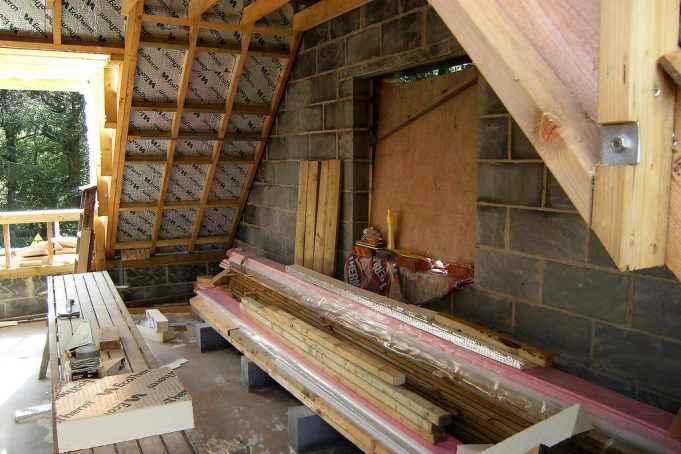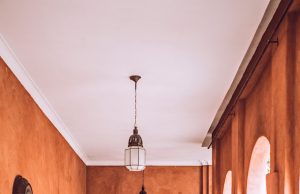Does your home need another layer of insulation? Perhaps you have a DIY project that requires an insulation board? There could be many reasons you may need these insulation sheets, but what should I know before considering them?
Browse this vast collection if you’re ready to get your insulation board. Otherwise, this short guide will tell you everything you need to know about insulation boards.
What is an Insulation Board?
An insulation board is a rigid panel that provides additional insulation to homes. These manufactured are available in various materials, sizes, and levels of thickness to suit a wide array of varying home insulation projects.
Insulation boards, also known as foam insulation, provide excellent insulation given their moisture resistance. DIYers enjoy the quick and easy installation and affordability compared to other fiberglass insulation commonly found in houses.
Types of Insulation Boards
So what are the types of insulation boards available?
Mannok Insulation Board
Mannok insulation boards feature zero ozone depletion potential, meaning they are the more sustainable and eco-friendly choice for insulation.
Ecotherm Insulation Board
Ecotherm boards have a high durability rating, meaning installation can simultaneously line drywalls.
EPS Expanded Polystyrene
This is the cheapest insulation board usually used for roofing and foundation walls.
Extruded Polystyrene
The board is a thicker version of EPS and is designed to limit air movement and provide more robust insulation.
PIR Insulation (Polyisocyanurate)
PIR insulation, or Polyisocyanurate, is the densest insulation board with a foil face to reflect radiant heat.
Celotex Insulation Board
Celotex insulation boards are modeled after PIR boards but feature foil facings to help enhance insulation.
Recticel Insulation Board
High-performance insulation boards are suitable for walls, floors, and roofs.
Kingspan Insulation Board
Kingspan is similar to Celotex, offering more premium variations in thickness.
Each board has its advantages and presents a variety of applications. The different types of panels can be found here. But with so many insulation options available for homes, why do they choose insulation boards?
Benefits of Using Insulation Boards
There are an array of benefits to using insulation boards, as listed below:
- Insulation boards are easy to install, making them great for aspiring DIYers
- Thick layers aren’t required to insulate a space well
- Brilliant resistance to moisture
- The panels provide soundproofing as well as insulation
- They’re a cost-effective alternative to other types of insulation
However, with all the benefits behind insulation boards, when do these panels become handy? There are specific home scenarios where insulation boards are the ideal choice.
When Should I Consider an Insulation Board?
The most defining feature of insulation boards is their moisture resistance, making them ideal when the space can get wet. The insulation sheets tend to be used in exterior foundations, basements, attics, and house wrap.
Suppose you need a quick, effective insulation solution for any home space. In that case, insulation boards work a treat, where anyone can always purchase and install them.
How Do I Install an Insulation Board?
If you’re a seasoned DIYer, installing an insulation board is like drywall. Should you be a beginner or unsure what that means, the process follows.
Cut the insulation board to the space shape using a circular saw, masonry blade, or utility knife. Attaching the pieces is as simple as using large screws with washers to anchor them to the wall – but you can also use a unique adhesive made for insulation boards.
Where Can I Find an Insulation Board?
Visit the Insulation Wholesale to discover an extensive stock of insulation boards, meeting your every insulation need and purpose.














